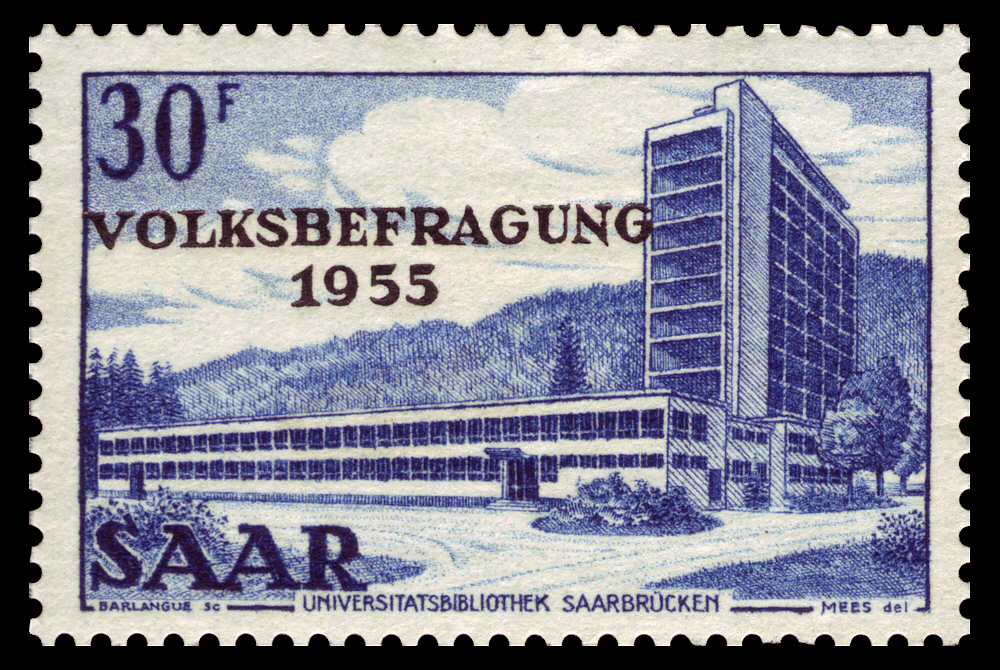Yes, not a vote to change the country, but to join a country. That’s what happened in 1955 in the Saarland. After the second world war, Germany was split into four sectors with each of the Allied Countries responsible for one of the four sectors. The Soviet Union chose to create a new state from their part, the German Democratic Republic. The British, French and Americans occupied their sectors and allowed the Germans to create their own state, the Federal Republic of Germany. However, a small section of the French sector had a special status.
Why exactly the Saar Protectorate was created is unclear to me. Its initial constitution in 1947 indicated the aim for separation from the German state and close economic ties with France. It was included within the French customs region and used the French Franc as currency. There was a short-lived local currency, the Saarmark in 1948, but the French rule of the region resulted in the French Franc being the established currency.
It was never fully integrated into France although the French High Commissioner (“Hoher Kommissar”) decreed that French laws should be applied there. The coal mined in the region was however only “exported” to France at that time, providing fuel and inputs for its steel industry in the region.

The Saar Republic had its own flag, a constitutional document and its own national sports teams, including its own National Olympic Committee. The aunt of one of my friends competed for Saarland against Germany in rowing. German remained the dominant language and despite the customs border into Rheinland Pfalz, the neighbouring German state, there was as much traffic across that border as across the border to France.
Despite all these institutions, Saarland was never recognised as a state of its own by other nations. In the early 1950s, the German Chancellor Konrad Adenauer negotiated with France on a settlement, which would have created the first “European” country, in charge of its own domestic policies, foreign policy governed as part of the West European Union and economically tied to France.

A referendum was held in 1955 on whether to accept this deal (already agreed in Bonn and Paris). 68% of the population refused. The state’s prime minister resigned and after new statewide elections in 1956, the Luxembourg agreement of the same year, Saarland joined the Federal Republic of Germany. The legislation passed in Germany to make this possible came in very handy when the states of the former German Democratic Republic wanted to join the Federal one!
Having been its own country, Saarländer are fiercely proud of being from Saarland, including those born after 1957. There is a saying that people only move there for love or for a job, although arguably that can be said about many places. Few places have quite the same local history though!

Hi Natasha, very nice history lesson on Saarland. 🙂 I even shared it on facebook. CU Sigi